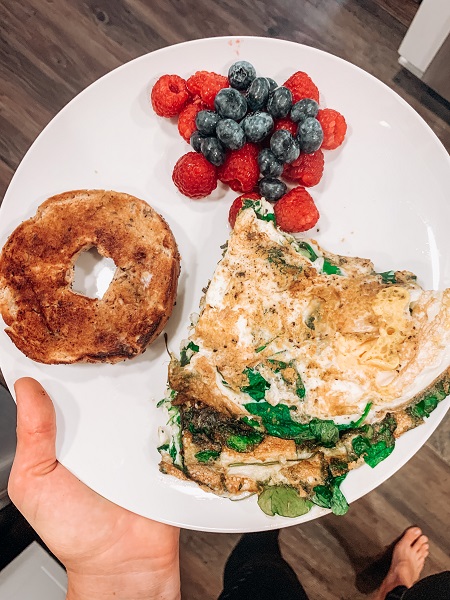
Counting macros 101 – a step-by-step guide to start counting macros for fat loss.
*Pin this and save to your favorite health board
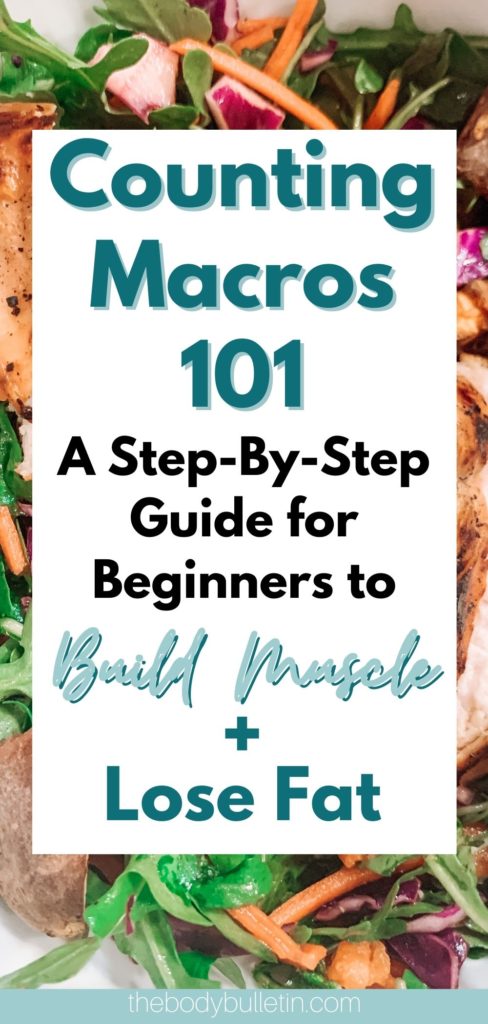
If you’ve been in the fitness community for any amount of time, chances are you’ve heard of the term counting macros. Maybe you are new to your fitness plan and are looking to dial in your nutrition to get better results. You’ve come to the right place! In this post I’ll break down what macro counting is and how to count macros and stop dieting.
Just one thing before we dig in. If you aren’t already eating clean, I recommend you start there. Please ensure to read this post:
How to Eat Clean for Beginners Losing Weight.
Counting macros works best on a whole food, clean diet.
Counting macros 101: What are macros?
“Macro” is short for the word macronutrient. The three types of macros are protein, carbohydrate, and fat. All food consists of some combination of these.
BTW, flexible dieting, IIFYM (if it fits your macros), or macro counting are all the same thing just different terms.
To illustrate this, let’s look at a nutrition label. All nutrition labels will give you fats, carbohydrates, and protein in grams of the food you are consuming. On this quinoa nutrition label you can see the quantity of fats, carbs, and protein on the label as highlighted below.
Counting macros 101: What is macro counting?
At its baseline, counting macros means counting the macronutrients that you consume each day. Macros are highly individual. What you need is different than what I need. Furthermore, what one 150 lb woman needs is different than what another 150 lb woman needs, because no two people have the same lifestyle.
Through counting macros, you can learn what foods your body needs in order to be properly fueled. This is a custom calculation that’s done usually by a qualified nutrition coach or someone who really understands how to count macros.
Counting macros 101: How do I find out my macro needs?
While you can Google macro calculator online, those are usually one size fits all and don’t take into account your lifestyle factors. However, if you’re looking for something for free it’s a place to start.
On the other hand, if you want a deeper understanding of what you need, I recommend working with a nutrition coach to help you understand your macros, why they are the way they are, and how to apply it to your life. Most importantly, how to choose the best foods that will fit into your lifestyle and help you achieve your goals.
If you are interested in having me calculate your custom macros, shoot me an email shay@thebodybulletin.com or DM me on Instagram @thebodybulletin.
In order to count macros you’ll need an understanding of what macros are. The following section will teach you about each macronutrient: Carbohydrates, dietary fat, and protein.
Carbohydrates
Carbs are our body’s primary source of energy.
Going for a run? Your body burns carbs first.
Got a test you are studying for? Those mental calories are burning carbs.
Training for a heavy front squat? Your body needs carbs to fuel that lift.
Mowing the lawn? You are burning carbohydrates!
You get the idea…
Carbohydrates are broken down into glucose which circulate in your bloodstream and eventually get stored as glycogen in your muscles and liver, ready to be used to fuel your daily energy output.
For tracking macros sake, what you need to know is that carbohydrate provides 4 calories per gram. If you get an app like MyNetDiary, LoseIt, or MyFitnessPal these will automatically factor in those calories. For the record – I use an app for ease of use and wouldn’t do it any other way.
Not all carbs are created equal
The foods we consider carbohydrates aren’t always just a carb. Some foods can have a mixture of carbs, protein, or fat. But to classify them as a carb, they must be predominantly made up of carbohydrate.
Examples of carbohydrates:
Veggies: Asparagus, broccoli, eggplant, potato
Fruit: Apples, blackberries, mango
Whole grains: Brown rice, oatmeal, whole wheat bread
Refined carbs: White bread, white rice, flour tortillas
The best types of carbs to consume are whole, natural, minimally processed and those with higher fiber.
The closer the food is to how it was found in nature the better. Think steamed baked potato (looks the same as it was grown) vs. a bag of oil fried chips (packaged food).
Higher fiber carbs can be both natural (blackberries), minimally processed (oatmeal), and processed (cereal). However, oatmeal is a minimally processed food and a better option than most food found in a bag or box.
Download my list 17 high fiber complex carbohydrates to help you understand what healthier options you have.
Fat
Dietary fat is our secondary source of energy. Fat, like carbs can be stored in our bodies for use later.
Eating dietary fat helps with feelings of satiety (feeling full), nutrient absorption, and healthy hormone production. We need dietary fat to function.
For tracking macros, know that fat provides 9 calories per gram. That’s about twice as much as carbohydrate and protein provides. So you can see, dietary fat is a much higher calorie dense food. That means a little goes a long way.
To visualize this, 1 oz of almonds (fat) contains 160 calories while 1 oz of dry brown rice (carb) contains 100 calories.
But like carbs, not all fats are created equal.
Choosing the right fat sources is critical to not just weight loss, but also overall health. Again, opting for whole, natural fat sources such as extra virgin olive oil, avocado, and almond butter are the best choice for optimal health.
You can download my clean eating grocery list printable to get some ideas on healthy fats.
Protein
There is a big difference in protein from fat and carbohydrate. The reason is because we don’t store protein, like we do the other two, for energy later. Instead, we are constantly using protein through a process called protein turnover. Not to get too science-y here but our cells are constantly adapting to new stressors and seek to improve efficiency and function. Because of this, we need a steady supply of protein.
Protein contains 4 calories per gram, similar to carbohydrate. Again, an app can easily track this part for you.
And no, not all protein sources are created equal, as you might have guessed by now.
Try to choose lean, minimally processed protein sources such as raw chicken or steak and minimize processed meats such as salami or cold cuts.
You can download my grocery list to get a full breakdown of healthy options or head to this blog post for a detailed list of healthy macro foods.
Now that you know what macros are, it’s time to learn how to count them!
Counting macros 101: How to count macros a step-by-step guide
Steps to count macros
- Understanding what carbs, fats, and proteins are and the best foods to choose check out my macro food list for meal prep.
- Download an app to track your food
- Buy a food scale to weigh food in grams
- Decide on a meal plan for the week – identify foods you know you will eat.
SAVE THIS LIST – Download your free copy here
Watch my FREE Masterclass to learn how to fuel your body properly for lasting energy, how to eat the right amounts for your needs, and create a system that makes fat loss easy for long-term results.
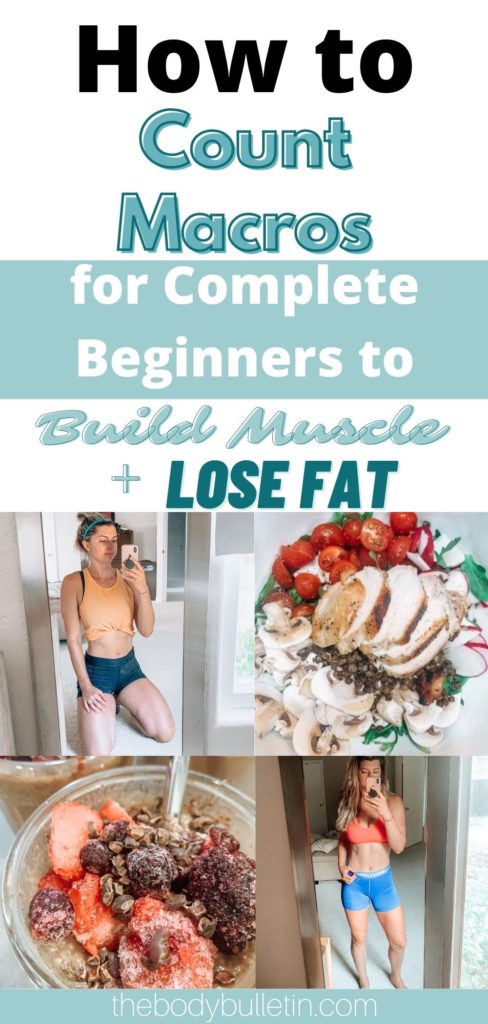
Counting macros 101: Best practices and FAQ
To have the best success with counting macros: it’s easiest to plan your food a day ahead
For example, if it’s dinner time and you realize you are super low in carbs, it’s much harder to make it up in one meal. When you plan a day in advance, you can balance each meal’s macros and look at your total for the day to see if you need to make adjustments.
Related: The biggest mistakes people make when counting macros.
How to measure or weigh your food
In order to accurately count your macros you’ll need to measure how much food you are consuming. Investing in a scale is an important step in this process because it’s common for us to under or overestimate how much of a food we are eating.
Get a kitchen scale like this one.

While you are at it you’ll need some meal prep containers to store food:

If you need more ideas on how to make meal prep a breeze check out this post.
How much of each macro do I need?
This is very individual and depends on your age, lifestyle, level of activity, and other factors. You can use a calculator online but these aren’t customized. Working with a nutrition coach will give you the most accurate answer. You can email me at shay@thebodybulletin.com or DM me on Instagram @thebodybulletin if you would like some help with this. Additionally, you can watch my free masterclass for help with learning how to eat the right amount for your needs.
How many macros do I need to lose weight?
Again, this is highly individual. Working with a nutrition coach is your best option. For more information on how to eat for your needs watch this.
In closing
Counting macros is a great way to understand the fundamentals of nutrition, stop dieting, and enjoy foods you love. This is a practice so I encourage you to be patient as you figure out this process and what works for you. Of course, if you need more help, I’m here for you. Shoot me an email at shay@thebodybulletin.com (I always reply, check spam folder if you don’t see it) if you have any questions. If you are struggling to figure out what to eat, I encourage you to watch my free nutrition training here.
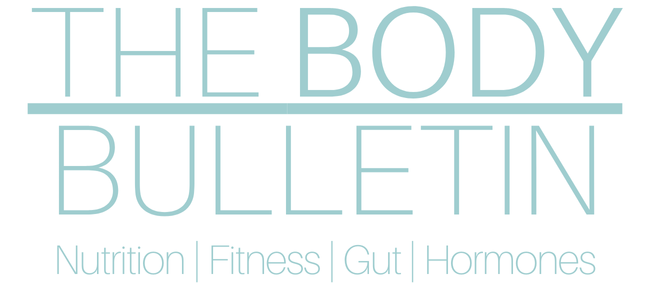
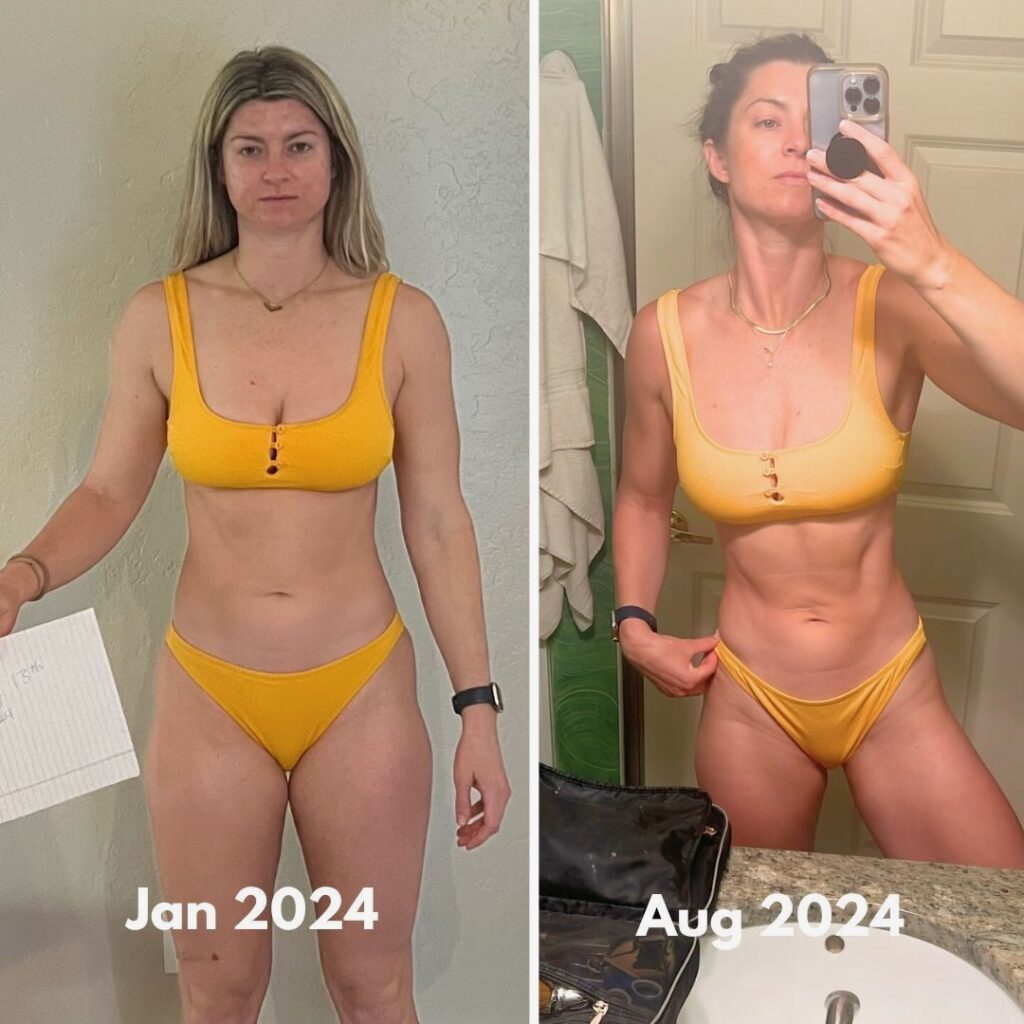



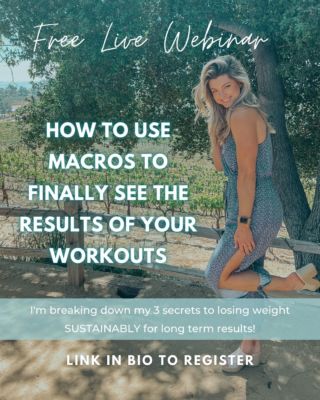

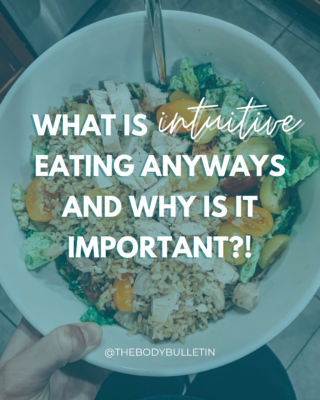
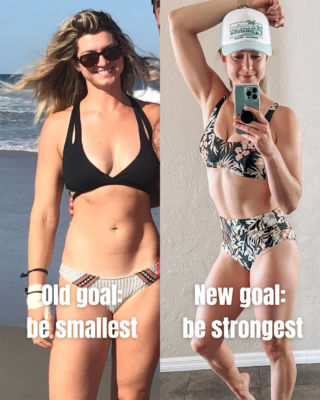
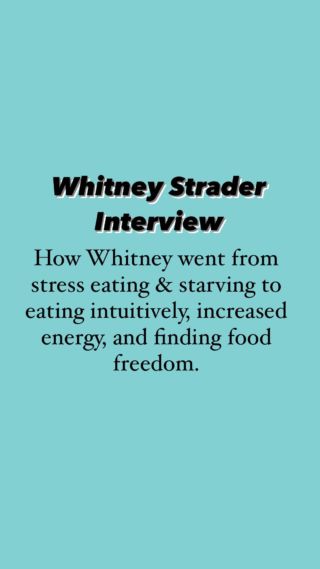




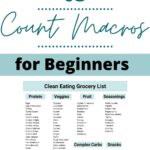






Leave a Reply